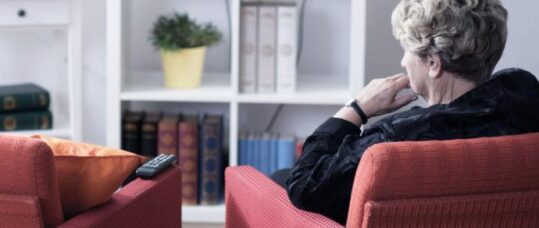“Shocking” data shows shortsighted elderly “struggling alone”

Nearly 13,000 partially sighted or blind older people are being forced to struggle alone, according to charities Age UK and the Royal National Institute of Blind People (RNIB).
Related Article: Action needed to tackle untreated hearing loss in care homes
“So many blind or partially sighted older people who need social care aren’t getting it is profoundly shocking. Losing our sight is something many of us fear the most, and the idea of struggling alone without social care assistance seems appalling in a civilized society,” explained Caroline Abrams, charity director of Age UK.
Between 2008-2013 there was nearly a 40% reduction in social care services due to funding cuts, and approximately 12,415 blind or partially sighted older people missed out on vital help with basic tasks, such as getting out of bed, cooking, cleaning or getting washed and dressed.
Related Article: ‘Alarming’ health inequalities between older people in the North and South of England
Older people with sight loss are twice as likely to fall as their sighted peers, and have a higher risk of injury. There is an estimated 87,790 falls each year attributed to older people with sight loss.
Half of blind and partially sighted older people live alone, and compared with the general population these people are more likely to have multiple health conditions, to be on a low income, and live in poor quality housing.
Related Article: Sundowning in dementia: what nurses can do to support patients
“Being left alone to cope with sight loss is wholly unacceptable. No matter how tight government budgets are, this is essential support which must be provided,” Fazilet Hadi, the director of engagement at RNIB, said.

See how our symptom tool can help you make better sense of patient presentations
Click here to search a symptom


Nearly 13,000 partially sighted or blind older people are being forced to struggle alone, according to charities Age UK and the Royal National Institute of Blind People



